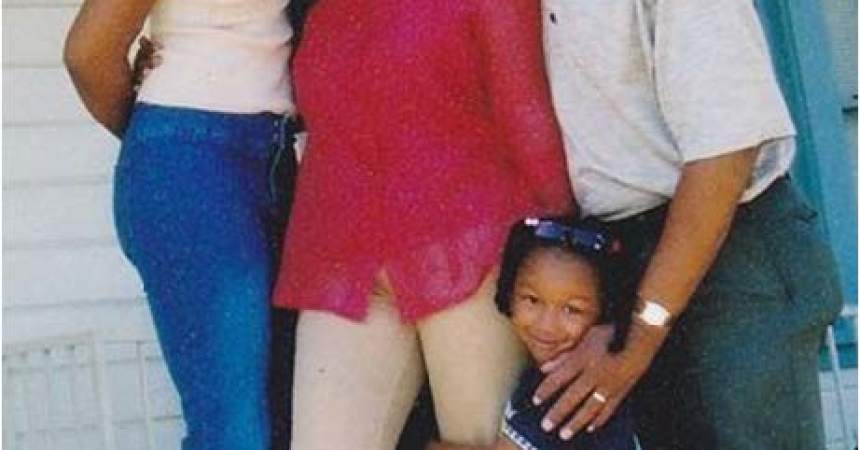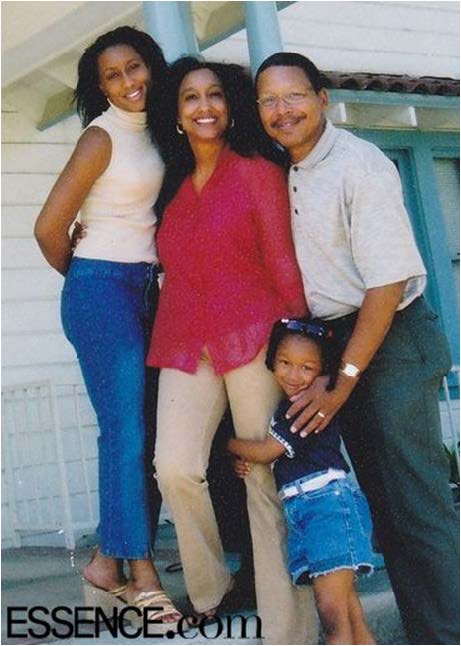
Six Years Later: Mitrice Richardson’s Case Still Haunts Her Family and Los Angeles
By Thandisizwe Chimurenga
Special to the Outlook from NNPA
This past summer saw the deaths of five Black women in police custody across the U.S. The deaths were a jolt to the collective Black community already reeling from the seemingly rampant (and unending) police shootings of unarmed Black men nationwide. Here in Los Angeles, the deaths of those five Black women preceded an anniversary in another young Black woman’s death after being in the custody of law enforcement: Mitrice Richardson.
Six years after Richardson’s mysterious disappearance from the custody of the Los Angeles County Sheriff’s Department (LASD), there are still those who believe that law enforcement had a direct hand in Richardson’s death which, to date, remains unsolved.
Skeletal remains found in a Malibu Canyon on Aug. 9, 2010, were identified as those of Mitrice Richardson. The L.A. Times reported at the time that Los Angeles Police Department (LAPD) investigators said the remains could have been at that location for six months, or the entire time that Richardson had been missing – Sept. 17, 2009.
According to the website Bring Mitrice Justice dot Org, Richardson went to Geoffrey’s Restaurant in Malibu for dinner the evening of Sept. 16, 2009. The restaurant placed a call to 911 stating that Richardson was unable to pay her bill and that she was acting erratically.
Deputies from the Malibu-Lost Hills Sheriff’s Department responded and took Richardson into custody after a search of her car turned up a small amount of marijuana.
Richardson was arrested on that charge, along with Defrauding an Innkeeper. She was booked into the jail facility around 10 p.m. the night of Sept. 16, and released at 12:38 the morning of Sept. 17. She was never seen again by her family.
In November of 2009, then-Sheriff Lee Baca stated to the L.A. County Board of Supervisors that his deputies had followed procedures in releasing Richardson early that morning. According to a memo sent to the supervisors, Baca quoted sections of the Sheriff’s Department Manual of Policy (as well as the state’s penal code) which mandates that sheriff’s “release misdemeanor prisoners in a manner prescribed by law as soon as such persons may be reasonably and safely released.”
Deputies made no notations regarding Richardson’s behavior in the official record at the time of her arrest, even though staff members at Geoffrey’s specifically mentioned her erratic behavior.
Richardson’s car which she had driven to Geoffrey’s was impounded by the Sheriff’s Dept. and she was unable able to retrieve it. She also had no money or credit cards on her when she left the sheriff’s custody. Richardson’s family has questioned exactly how a young Black woman released into the dead of night without calling anyone or without any means of being able to return to her home could possibly be reasonable or safe.
Additionally, the family maintains that it is quite possible Richardson could have been having a mental health crisis and that sheriff’s department employees were negligent in releasing her in that manner.
Nationally, there appears to be a disturbing trend of gaps in credibility and omissions from the official record in many of the cases where a Black person dies in police custody. According to the family of Mitrice Richardson, the same is true in this case.
Richardson’s family says the Sheriff’s Department was (and continues to be) uncooperative in communicating with them about the status of their investigation. That investigation would eventually be “kicked” to the LAPD, according to Richardson’s family, because Richardson was a resident of Los Angeles, even though her disappearance occurred in Malibu.
Some of the more egregious conduct by the sheriff’s department includes the refusal to release video documentation of Richardson leaving the Lost Hills Sheriff’s station in the early morning hours of Sept. 17, 2009. Richardson’s family repeatedly asked for video evidence from the department, and they were repeatedly told that none existed.
Eventually, Tom Martin, a captain in the Lost Hills Sheriff’s Department admitted that not only did video exist, but that he had been in possession of said video the entire time.
Martin would be promoted within the department and then retire within two years of Richardson’s disappearance. The Sentinel was unable to reach him for comment.
The video that Richardson’s family sought showed the young woman leaving by herself. The video also showed a Lost Hills deputy, Ismael Rodriguez, leaving the station approximately two minutes after Richardson did. At that time, Martin had stated that no deputies were at the Lost Hills station while Richardson was in custody.
Deputy Rodriguez, who as of this date has not provided an accounting of his activities during the night/morning of Richardson’s arrest and exit from the station, has been transferred from the Lost Hills station. Efforts to reach Rodriguez for comment were not successful by press time.
“The officers who were involved in Mitrice Richardson’s arrest, disappearance, death, mishandling of her remains, and multiple acts of malfeasance are continuing to move forward with their lives,” said Rhonda Hampton in a statement released Aug. 9, the fifth anniversary of the discovery of Mitrice’s remains.
A psychologist and close family friend of the Richardsons’, Hampton’s statement went on to say that “Some [of the deputies involved] have had children, had children graduate from high school and college, celebrated holidays, weddings and anniversaries with their loved ones. They have received promotions, raises, and some have retired quite well off. I can only hope that guilt will prevail someone to come forward with information leading to the arrest and conviction of the individual(s) responsible for her death.”
Michael Rossen, the officer now in charge of the Mitrice Richardson case, says it is classified as an “open death investigation,” according to Rhonda Hampton. Hampton says Rossen told her that the case is now “lead or clue driven … as clues come in, they will investigate them.”
Hampton does not believe this to be the case.
“Firstly, I don’t believe there are [or will be] that many people calling in with tips after five years; secondly … I personally know of two individuals who repeatedly contacted the sheriff’s department with information. One individual was never contacted. The other was contacted, but there was no follow-up by the sheriffs on the information provided,” she said.
Efforts by the Sentinel to reach Rossen to verify Hampton’s charges were also unsuccessful by press time.
“[These people need to be] exposed for what they are … and people need to see just what kind of officials we have saying they’re protecting us and they’re not,” said Michael Richardson, father of Mitrice. “This [excrement] has been sitting and it’s gotten hard,” he continued. “But if you step in it, it will start to stink again. I want it to start stinking again,” Richardson said.









